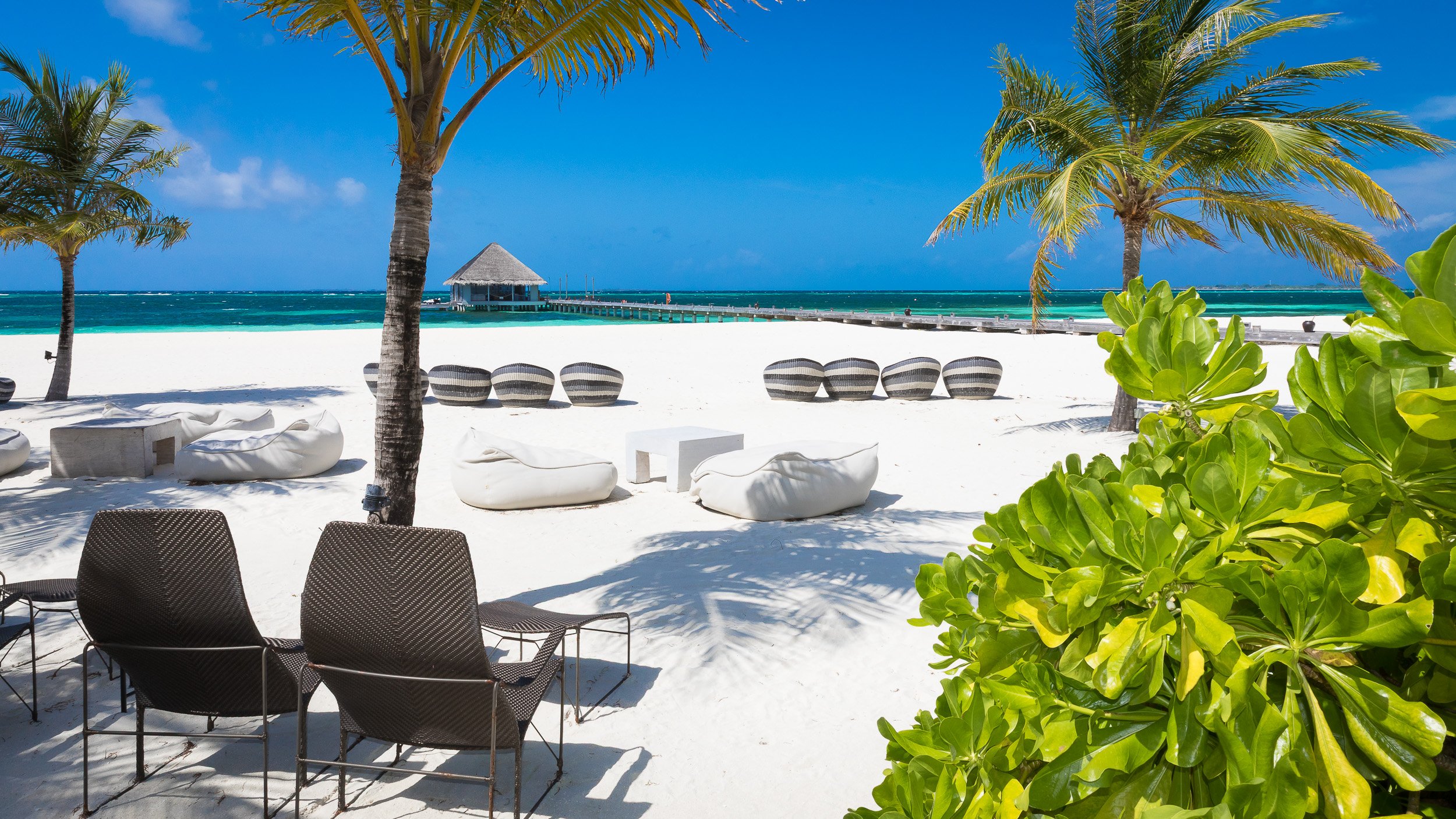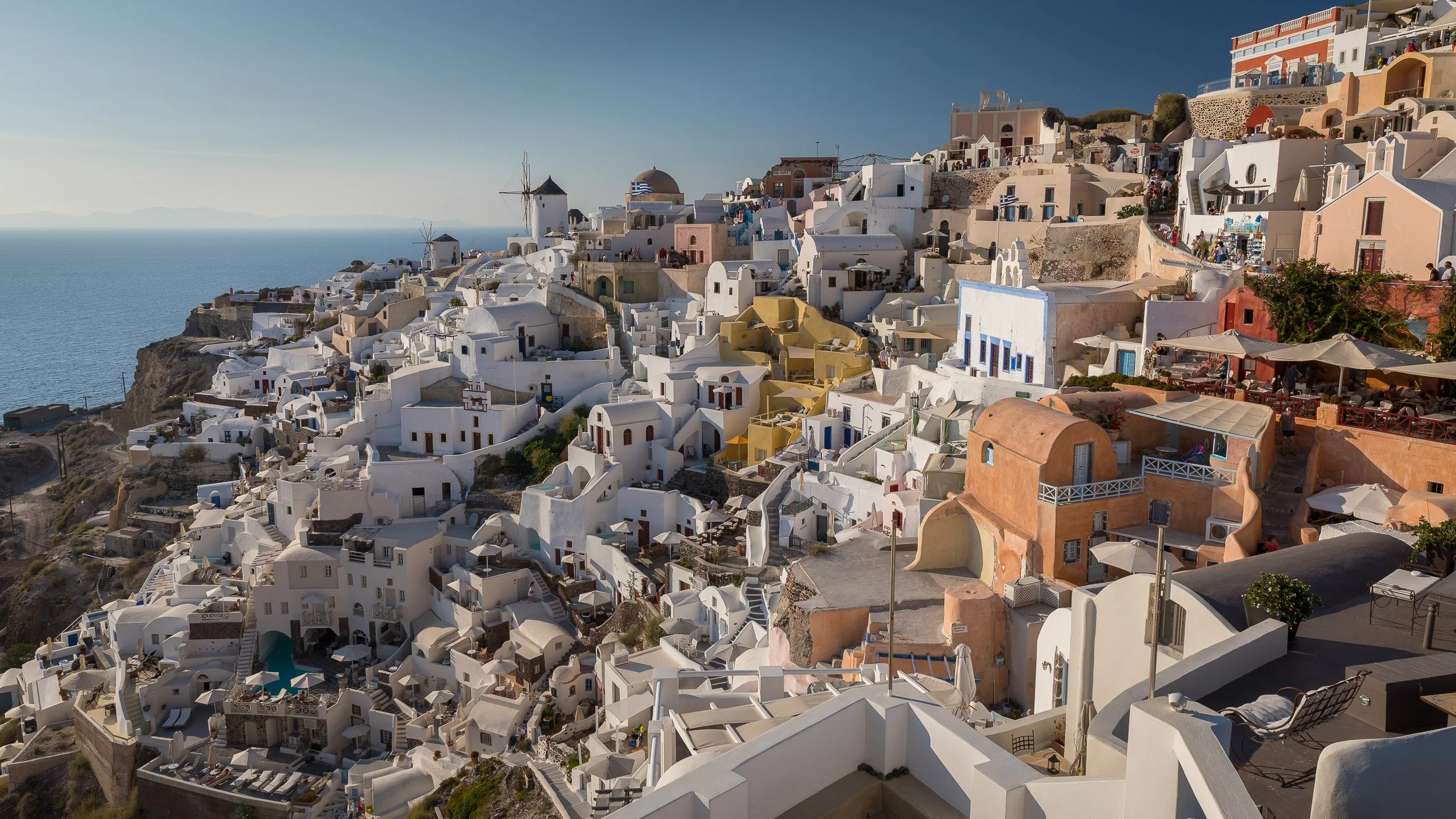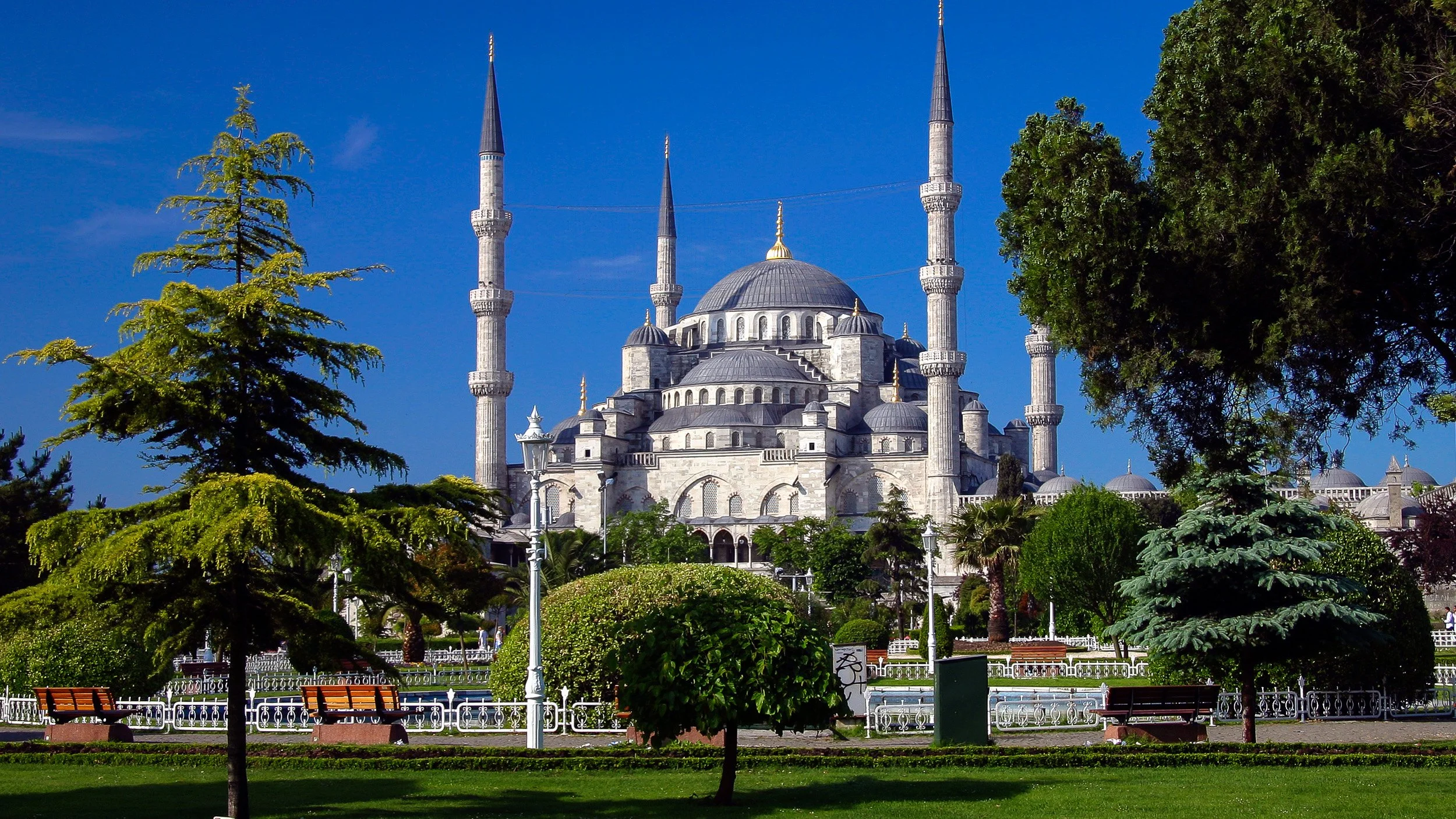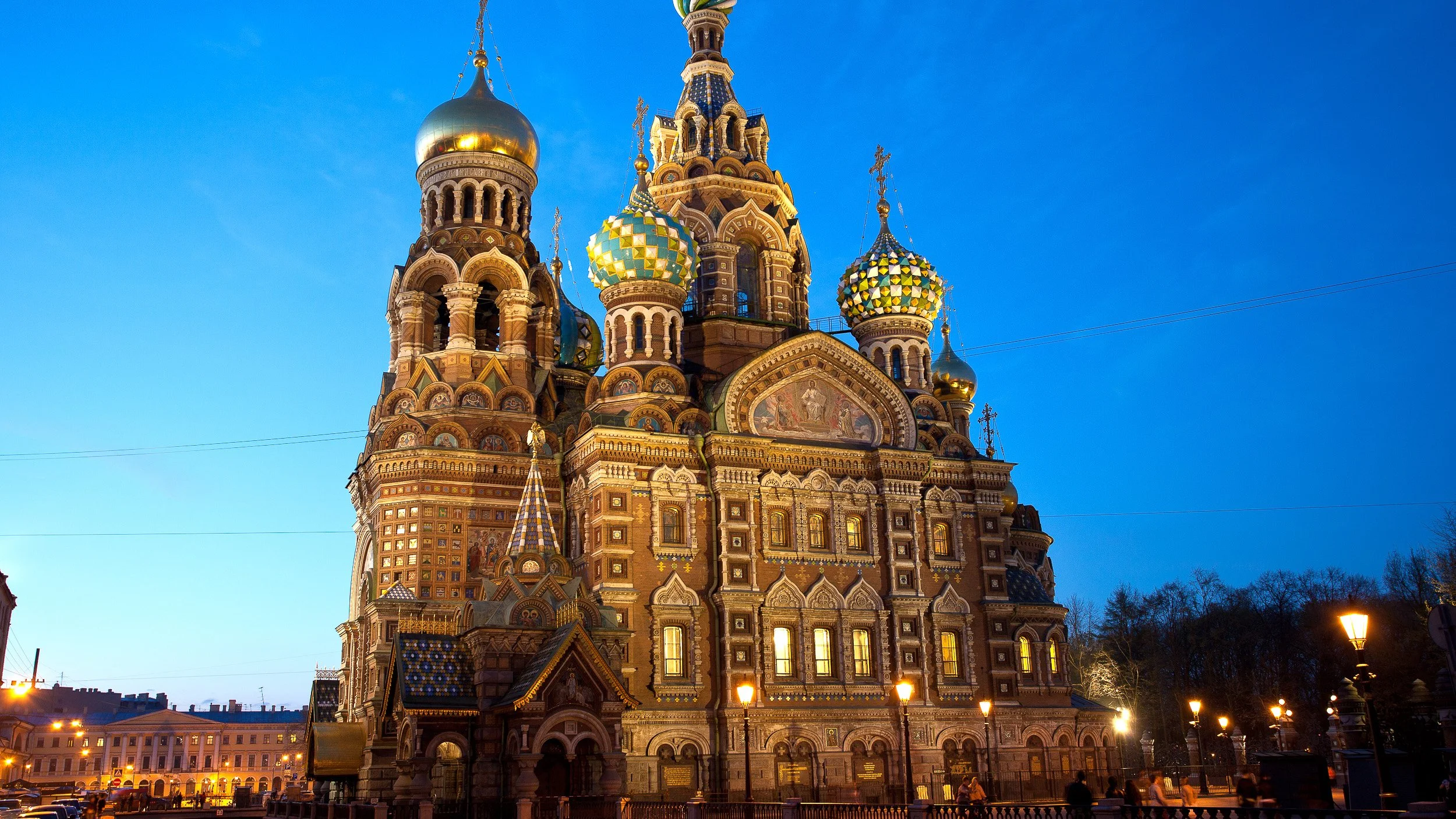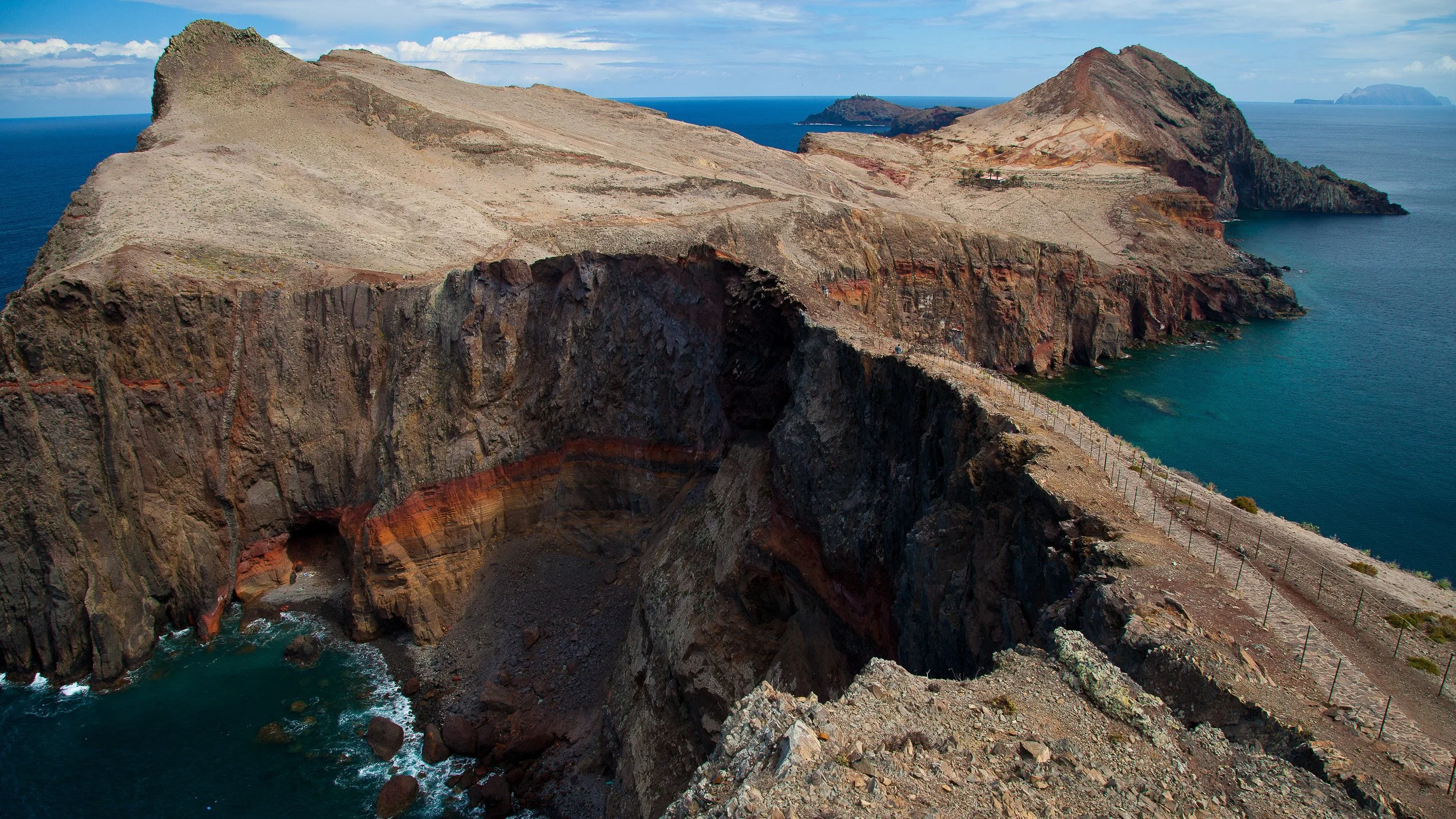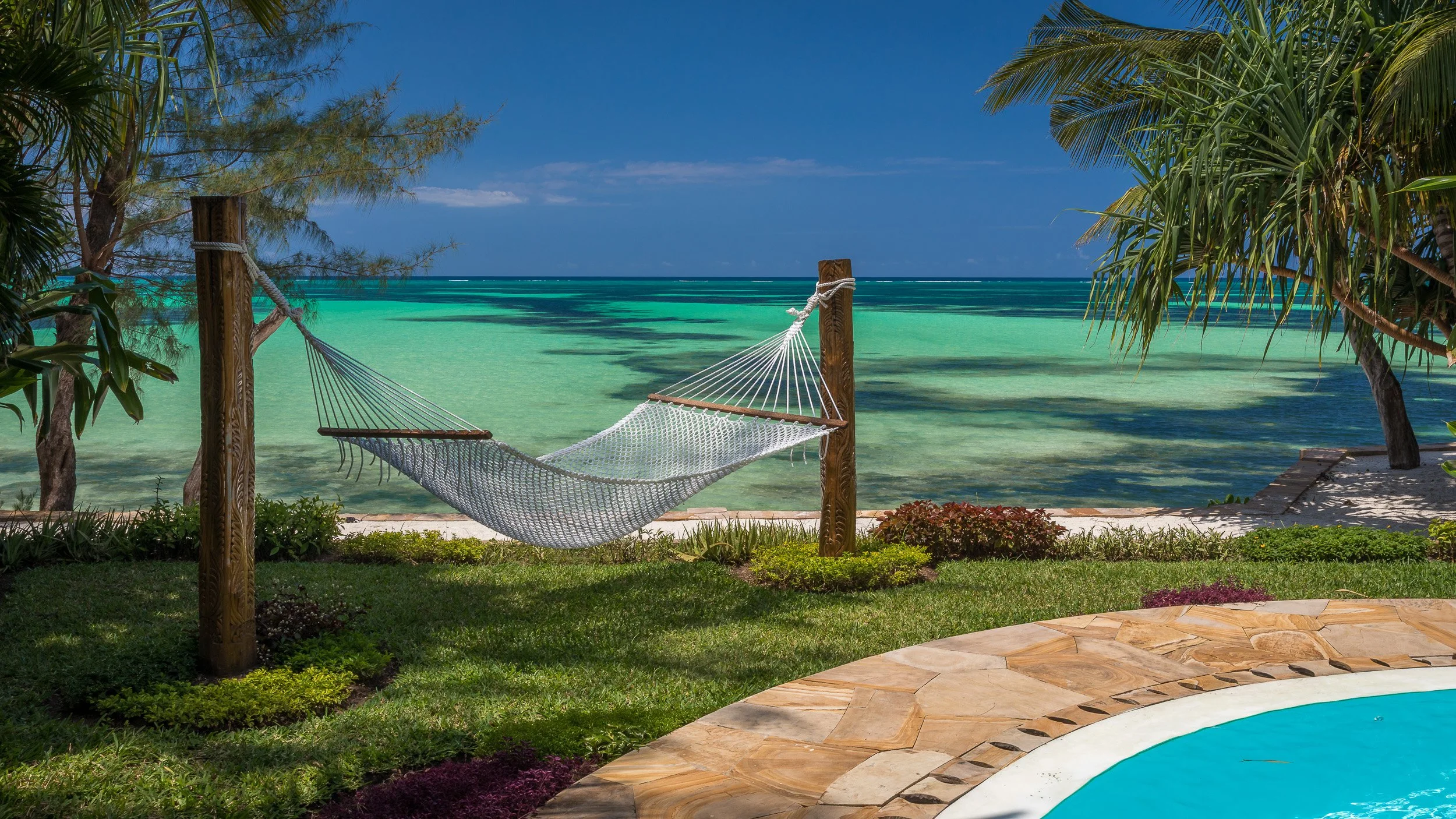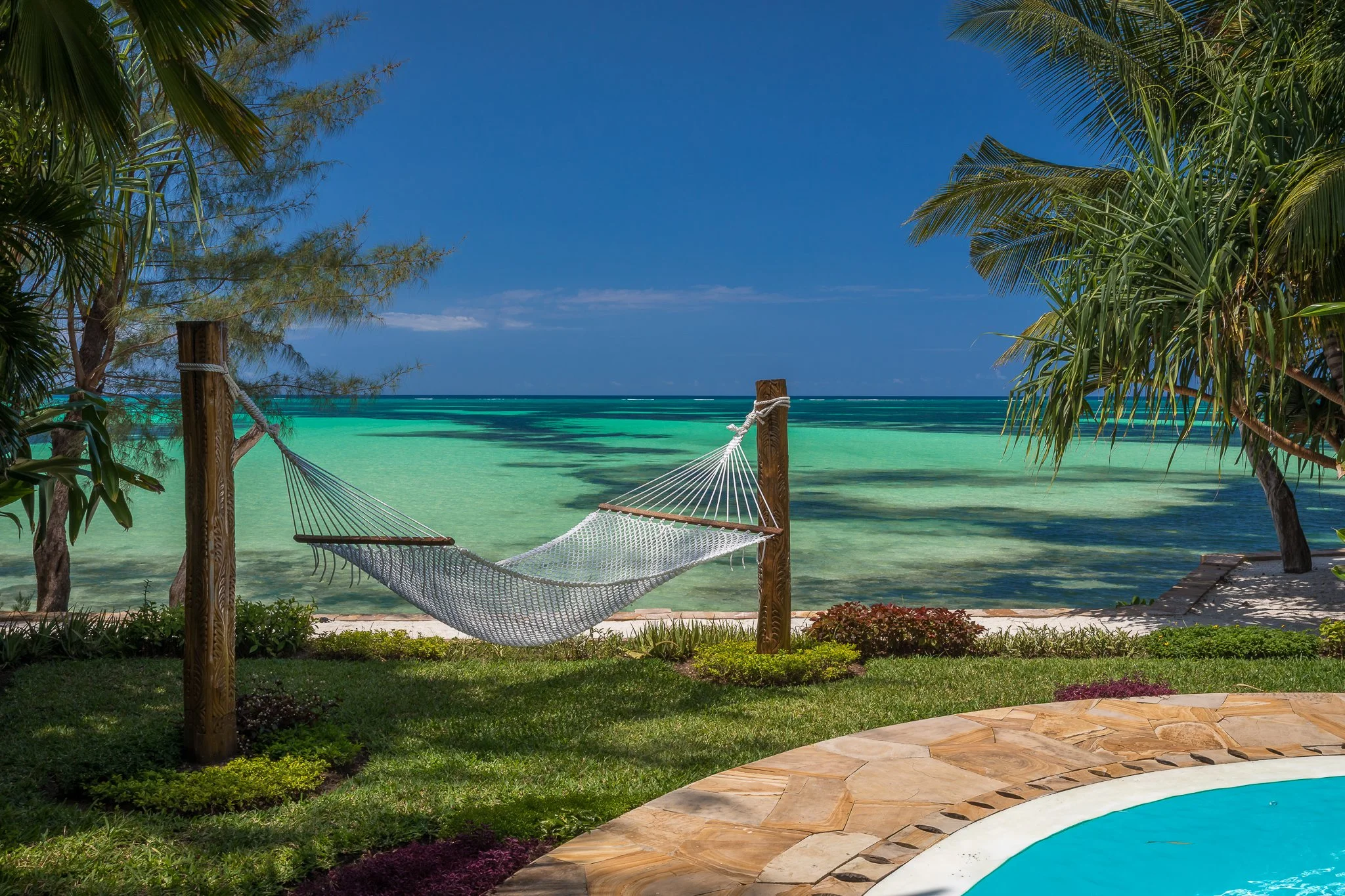
World Travel Photography – Cities, Coasts & Islands
From tropical beaches and remote islands to historic cities and dramatic desert and mountain landscapes, this curated travel gallery brings together some of my favourite journeys around the world. Here you can explore places such as New York, Dubai, Santorini, Venice, Maasai Mara, Seychelles, Maldives, Zanzibar, Iceland and Svalbard – photographed with a focus on light, atmosphere and a strong sense of place by Norwegian landscape and travel photographer Svein Magne Tunli.
Every image is available in high resolution and carefully edited for premium print and screen display. The gallery works well on mobile, but if you have the option, a larger screen (laptop or desktop) lets you appreciate the details even more.
Kanuhura in the Maldives – overwater villas stretch out above a clear turquoise lagoon, with a palm-fringed beach on the shore. Gentle waves, white sand and endless blue tones give this island resort a classic Maldives dreamlike feel.
Anse Source d’Argent beach on La Digue, Seychelles – smooth granite boulders rise from powder-soft white sand beside a shallow turquoise lagoon. Palm trees frame the scene and soft tropical light completes one of the world’s most iconic island beaches.
Sunrise in Maasai Mara, Kenya – lone acacia trees and the open savanna are silhouetted against a deep orange African dawn, with hot-air balloons floating on the horizon. The first light of day slowly reveals the contours of the grasslands, while birds and distant wildlife announce morning in one of the world’s most iconic safari landscapes.
Belle Mare Beach in Mauritius – a long sweep of white sand backed by palms and quiet resorts, looking out over a calm turquoise lagoon and offshore coral reef. A woman wades gently through the shallow water as the gentle surf, warm air and pastel colours on the horizon make this one of my favourite classic Indian Ocean beach scenes.
Santorini, Greece – whitewashed houses and blue-domed churches cling to volcanic cliffs above the Aegean Sea. Evening light and the drop to the caldera below make this one of the Mediterranean’s most iconic island views.
The Brooklyn Bridge in New York City, USA – the iconic suspension bridge leads the eye towards the Manhattan skyline in the distance. Steel cables, stone towers and glowing city lights combine into a classic New York travel cityscape.
Golden Gate Bridge in San Francisco, USA – the iconic red suspension bridge spans the Golden Gate strait under soft evening light. Mist, ocean and skyline elements combine into a classic view of California’s most famous bridge.
Dubai, United Arab Emirates – a modern skyline of illuminated skyscrapers rising from the desert coast at night. The mix of high-rise architecture, reflections and warm air creates a futuristic cityscape.
Sheikh Zayed Grand Mosque in Abu Dhabi, United Arab Emirates – white domes and elegant arches are reflected in still courtyard pools after dark. The soft lighting emphasises the details of this impressive modern mosque.
The Blue Mosque (Sultan Ahmed Mosque) in Istanbul, Turkey – domes and slender minarets are lit up against the evening sky. Soft light on the stone and a deep blue backdrop highlight the elegance of this famous mosque.
Venice, Italy – gondolas rest beside historic palaces along the Grand Canal at dusk. Soft evening light and reflections in the water add a romantic, timeless feel to this classic Italian cityscape.
Manarola village in Cinque Terre, Italy – colourful cliffside houses cling to the rocks above the Ligurian Sea at twilight. Warm lights from the homes and cool blue tones from the water create a beautiful contrast.
London, UK – classic city view along the River Thames with bridges and illuminated landmarks. The mix of old and modern architecture along the river tells the story of a constantly evolving capital.
Prague, Czech Republic – the old town skyline with Charles Bridge and Prague Castle rises above the Vltava River. Historic towers, domes and bridges give this European capital a very atmospheric, storybook feel.
Bratislava, Slovakia – city skyline with the castle and old town overlooking the Danube River. The hilltop fortress and riverside buildings summarise the mix of history and modern life in this Central European capital.
Krakow, Poland – historic cityscape with illuminated church towers and the old town square after sunset. Warm lights, cobbled streets and pastel façades give the centre a very inviting evening atmosphere.
Moscow, Russia – night view of the Kremlin area with domes, towers and city lights reflected along the river. The strong shapes and colours of the buildings stand out clearly against the dark sky.
St. Petersburg, Russia – elegant riverside palaces and bridges line the Neva River in soft evening light. Warm tones on the façades contrast with the cool water, reflecting the city’s grand imperial history.
Kempinski Hotel Cathedral Square in Vilnius, Lithuania – a luxury hotel facing the historic cathedral and main square at night. Soft lighting on the façades and cobblestones gives the scene an elegant, European city atmosphere.
Colmar in Alsace, France – colourful half-timbered houses are reflected in a narrow canal in the historic old town. Flower boxes, bridges and cobbled streets add to the fairy-tale feeling of this Alsatian village.
Piran, Slovenia – a medieval coastal town with a tall church tower, stone pier and terracotta roofs along the Adriatic Sea. Narrow streets and a small harbour give it a charming, intimate feel.
Dubrovnik old town in Croatia – fortified stone walls and terracotta roofs overlook the blue Adriatic Sea. From above, you see the tight maze of streets and the contrast between the old city and open water.
Tuscany, Italy – rolling hills with cypress trees, vineyards and a farmhouse glowing in warm evening light. Soft contours and golden tones create a classic Tuscan countryside scene.
Ponta de São Lourenço on Madeira, Portugal – a rugged volcanic peninsula of steep cliffs, narrow ridges and crashing Atlantic waves. Sparse vegetation and dramatic shapes give the landscape a very wild, elemental feel.
Aiguille du Midi in Chamonix, France – a dramatic alpine peak reached by cable car high above the Mont Blanc massif. From the top, jagged ridges, glaciers and distant summits stretch out in every direction.
Seljalandsfoss waterfall in South Iceland – a powerful cascade drops over a green cliff, with a narrow path allowing visitors to walk behind the falling water. Mist, sunlight and lush summer grass make this one of Iceland’s most photogenic waterfalls.
Zodiac landing in Magdalenefjorden, Svalbard – guides with rifles keep watch on the rocky shore as expedition guests return to the ship beneath sharp, snow-dusted peaks and drifting ice. A quiet moment in the high Arctic where safety, wilderness and icy blue water meet.
Antelope Canyon in Arizona, USA – abstract curves of red sandstone carved by water over thousands of years, glowing in soft reflected light. Walking through this narrow slot canyon feels like stepping inside a natural sculpture.
Horseshoe Bend, Colorado River, USA – the river curves in a dramatic horseshoe-shaped bend far below the rim of a sheer canyon. The photographer sits on the cliff edge looking down at layered rock walls and deep blue-green water flowing quietly past, adding a human sense of scale to this famous viewpoint.
Bryce Canyon National Park, Utah, USA – hundreds of hoodoo rock formations glow in orange and red tones under the sun. The intricate shapes and deep gullies create a surreal desert landscape unlike anywhere else.
Half Dome in Yosemite National Park, California, USA – a huge granite monolith rises above the valley in warm evening light. Forests, cliffs and the clear sky around it highlight the scale of this famous American landmark.
Napili Kai Beach on Maui, Hawaii, USA – a sheltered, crescent-shaped bay lined with palms and low buildings, facing calm Pacific water. Gentle waves and warm light make this a perfect spot for slow tropical evenings.
Waialae Beach Park on Oahu, Hawaii, USA – a calm tropical shoreline with palm trees, soft sand and gentle Pacific waves. Low surf and warm water make this a peaceful corner just outside busy Honolulu.
Kanuhura island in the Maldives – overwater bungalows and a white sand beach sit inside a calm turquoise atoll. From above, the island appears as a narrow strip of sand and palms floating in clear blue water.
Constance Lemuria Resort on Praslin, Seychelles – luxury hideaway with a palm-fringed beach, granite boulders and rich greenery. A woman rests on the edge of the pool, gazing out towards the ocean between the palm trees, while clear water, smooth rock and fine sand create a classic Seychelles scene.
Anse Source d’Argent beach, La Digue, Seychelles – sculpted granite rocks, leaning palms and shallow turquoise water create a perfectly balanced tropical scene. This famous island beach is a highlight for many travellers to the Seychelles.
Constance Belle Mare Plage in Flacq, Mauritius – beachfront golf and spa resort set along a turquoise lagoon. A woman sits at reception checking in to her stay, while palm-lined fairways, white sand and calm water outside create a polished yet relaxed Indian Ocean escape.
Constance Le Prince Maurice in the Plage Flacq district, Mauritius – a luxury lagoon resort set between palm trees and lush tropical gardens. Overwater structures, quiet coves and warm evening light give the property a very exclusive atmosphere.
Farsha Mountain Lounge, Sharm El Sheikh, Egypt – rustic wooden terraces carved into the cliff above the Red Sea, with colourful cushions, low tables and beach umbrellas leading down to the water. A relaxed bohemian hideaway for slow afternoons and golden-hour views over the turquoise bay.
Tulia resort in Zanzibar, Africa – boutique hotel set on a white sand beach facing the Indian Ocean. Palm trees, pools and quiet corners overlook clear blue water, offering a stylish yet relaxed base on the Tanzanian coast.
Tulia Zanzibar beach resort at sunset – palm trees and an inviting pool frame the Indian Ocean horizon on the Tanzanian coast. A woman walks along the edge of the pool heading towards the beach, while warm evening colours and calm water make this a perfect end to a tropical day.
Berlin, Germany – Brandenburg Gate on Pariser Platz, illuminated after dark with people gathered beneath its classical columns. Once a symbol of division during the Cold War, it now stands as one of Europe’s most recognisable landmarks and a central meeting point in the heart of the city.
Douro Valley, Portugal – terraced vineyards step down steep hillsides towards a winding river in one of Europe’s great wine regions. A woman sits in her chair with a glass of red wine, enjoying the view in soft afternoon light, while patterns of fields, stone walls and farmhouses shape this distinctive cultural landscape.
All photographs on this page were taken by Norwegian landscape and travel photographer Svein Magne Tunli.
